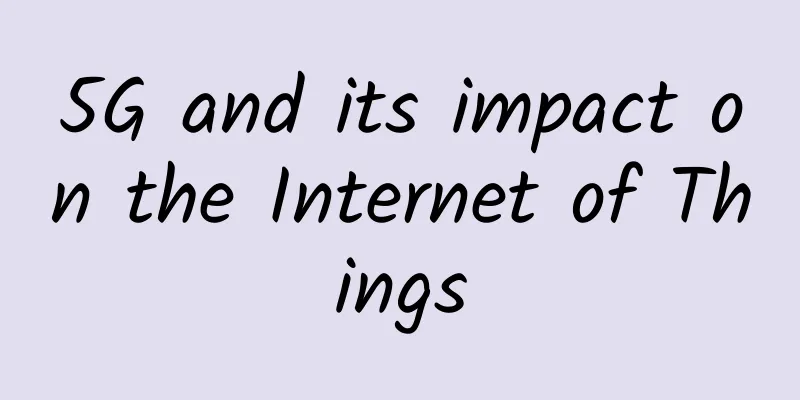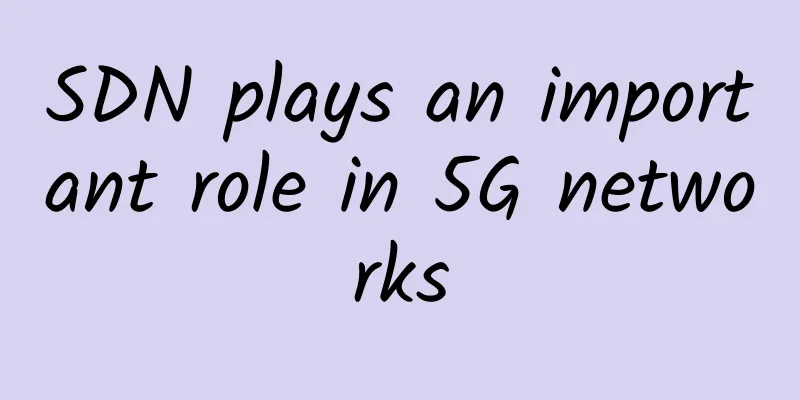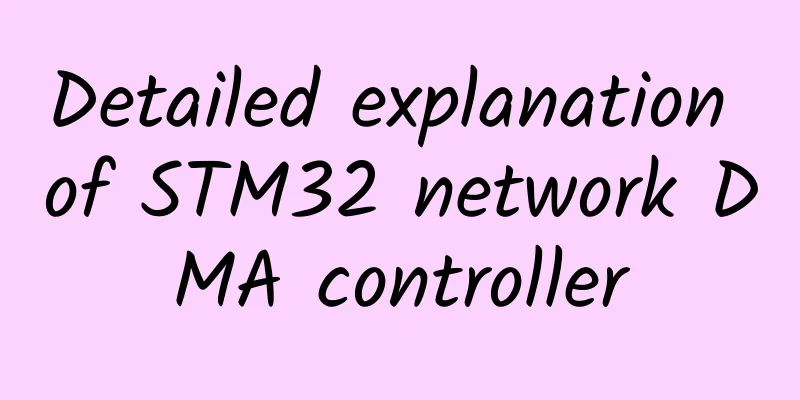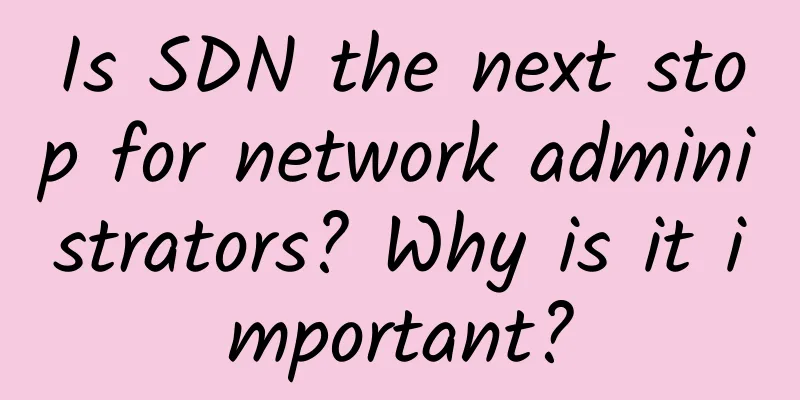5G and its impact on the Internet of Things

|
Not surprisingly, the digital world is gradually expanding its capabilities with advanced solutions. IoT is no longer a new technology, but a common component of digital transformation strategies in different industries, from manufacturing to education. 5G connectivity is currently making its presence in the technological world more stable. According to the 2022 GSMA Mobile Economy Report, the market share of 5G in Europe will reach 44% by 2025, compared to 4% in 2021. The combination of 5G and IoT can create miracles. IoT 5G ensures:
In short, 5G enables IoT devices to work and transmit data faster. Remote access technology supported by 5G can significantly improve business performance and ensure more automated workflows in any field. Let’s discuss in this article how 5G can change the current business landscape, especially how it can improve the capabilities of IoT technology. What is 5G IoT?5G network IoT represents the fifth generation of wireless mobile communication systems for IoT devices. Unlike its predecessor 4G, 5G provides the fastest wireless Internet connection to date. The core features of 5G are as follows:
Therefore, we can say that 5G is almost ten times faster than 4G and is more flexible and reliable. The impact of IoT on 5G is huge as IoT is one of the most common use cases of 5G technology, helping 5G to expand its influence in the digital world. How will 5G networks impact the Internet of Things?Although 4G will remain relevant for the next few years, the adoption of 5G will yield a number of benefits. Firstly, 5G allows for the support of a large number of static and mobile IoT devices. Thus, for example, it provides businesses with enhanced operational capabilities. As IoT devices grow and become more prevalent, 5G is a viable solution in terms of its speed and quality of service. Cellular technology or 5G that uses licensed spectrum offers a higher level of reliability, security, and system performance than communication protocols for IoT devices that use unlicensed spectrum, such as Bluetooth, ZigBee, and Z-Wave. It can be said that 5G ushers in a new era of IoT technology, and its power will spread, gradually defeating other communication methods between IoT applications. Use cases for IoT in 5G technologyIn this section, we will look at common 5G IoT use cases in industries that are likely to benefit the most from these technologies. However, the applications of 5G IoT are not limited to the following business sectors and can be well applied in almost any field where IoT devices are used. manufacturingWith the help of 5G, manufacturing plants can improve their performance by, for example, increasing the number of automated vehicles and robots they manage. In addition, 5G allows achieving maximum efficiency from the multitude of IoT applications involved in the manufacturing process. The increased performance potential of 5G can also enable advanced predictive maintenance of manufacturing machines. Since 5G allows IoT devices to communicate with each other efficiently by exchanging data in real time, performance issues with certain machines can be defined and resolved earlier, thereby improving the performance capabilities of manufacturing plants. Healthcare IndustryHealthcare practitioners can also benefit from implementing 5G IoT devices. The possible ways to use 5G in healthcare are as follows:
High-speed service delivery is crucial for the healthcare industry as even a few seconds can save a person’s life. 5G can guarantee this speed, taking it to previously unknown heights. Self-driving cars and smart citiesIf we think about smart cities, 5G can enhance traffic management by enabling efficient connectivity between various traffic IoT devices, including surveillance cameras and traffic light sensors. 5G can also improve cities’ energy conservation capabilities by effectively monitoring energy consumption and identifying ways to conserve resources. In the near future, cellular technology 5G will also help connect driverless cars to all traffic IoT devices, creating a smart traffic environment. Another possible way to implement 5G in cities is an air monitoring system that notifies people when air pollution exceeds safe limits. You can see how the city of Chicago is moving towards a smart city with the help of big data technology and the Internet of Things. Smart HomeIn addition to enterprise use, 5G IoT is also increasingly common to meet consumer needs, such as connecting smart home devices. Combined with machine learning, artificial intelligence, and big data technologies, 5G can efficiently collect and process all data collected from home IoT devices, providing deep insights into efficient home management. For example, the Viomi 5G IoT solution allows more than 256 IoT home devices to be connected to each other. 5G is also responsible for delivering high-definition video, enabling immersive TV and gaming experiences, and high-quality video conferencing. With 5G technology in IoT home devices, consumers can test their home’s maximum potential and make it their impenetrable fortress. Although 5G technology is not yet widespread, it is steadily developing and winning the trust of more and more customers. It promises more benefits than challenges and will be a real game changer for the current digital world and IoT applications. Even before 5G IoT becomes mainstream, explore the field and consider implementing the technology to improve your competitive advantage in the market. |
<<: Interview surprise: Why does TCP need a three-way handshake?
>>: Enterprises need to have six capabilities to achieve digital transformation
Recommend
What is the difference between a free SSL certificate and a paid one?
With the popularity of SSL certificates, CA agenc...
Network monitoring tool! Don't miss these 7 free open source tools
Editor's note: In the real estate market, the...
Currently, CDN security is far from enough
Today, many businesses realize that DDoS defense ...
RackNerd: $14.89/year KVM-1GB/20GB/3TB/Los Angeles MC Data Center
RackNerd is a foreign VPS hosting company founded...
Poor performance! British media exclaimed that Europe's 5G competition is rapidly falling behind the United States and Asia
The Financial Times website recently reported tha...
Full coverage of prefecture-level cities! China has built the world's largest 5G network
[[373230]] In the year hit by the COVID-19 pandem...
Huawei invites you to use your imagination to guess
[51CTO.com original article] Are you tired of wor...
More than 560,000 South Korean 5G users return to 4G: dissatisfied with 5G speed and poor signal coverage
Recently, more than 560,000 5G users in South Kor...
Faconhost: £17.5/year-1GB/15GB NVMe/500GB@300Mbps/Los Angeles 9929 line
Faconhost is a relatively new foreign hosting com...
Best practices for data center operations and maintenance of critical facilities
Today, the operations and maintenance (O&M) o...
How to Choose and Buy Network Automation Tools
The concept of network automation has been around...
The rise of the NetOps engineer
NetOps, also known as NetDevOps, is the practice ...
What are the characteristics of 5G? A few keywords will help you understand
5G (fifth-generation mobile communication technol...
Cloud desktop helps Internet diagnosis and treatment to accelerate!
On August 27, the "Sincerity, Diligence, and...
Seamless mobile connectivity is key to digitalization in healthcare
[[373455]] The widespread problem of unreliable c...









